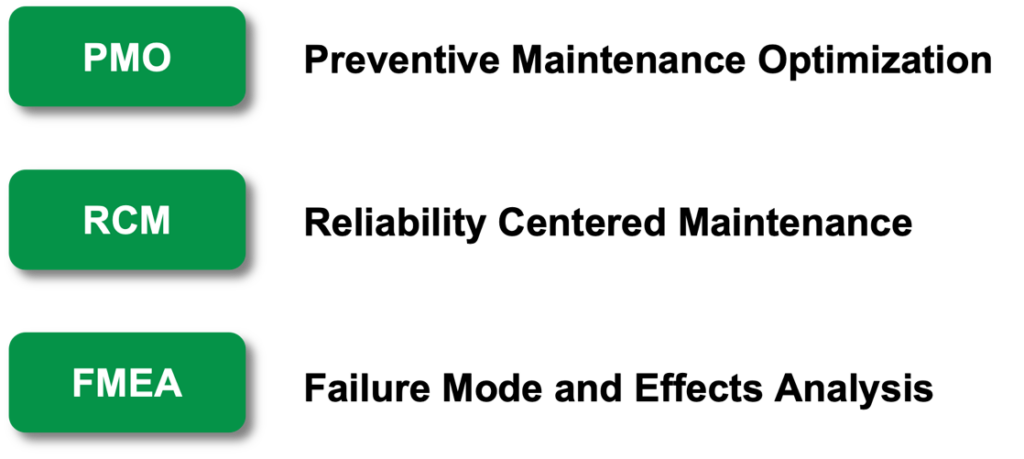Torbjörn Idhammar, President, IDCON INC
Documenting Preventive Maintenance on a Centrifugal Pump
Part 3 in this series focuses on Preventive Maintenance documentation processes.
In order to document a cost-effective preventive maintenance system, there must be a clear and established process in place for how to document PMs. It is not enough to rely on vendor information and personal experience alone.
Should I Use the Vendor Manual to Select Preventive Maintenance Tasks?
Recently, I was on site and needed to know the basic inspections for a centrifugal pump. I looked in the vendor’s manual and it simply said to lubricate the bearings regularly. This leaves out inspections on the pump itself, such as pump pressure, differential pressure, inlet/outlet, foundation and base, piping in pipe hangers, listening
for cavitation, etc. This is not unusual and shows that the vendor manual cannot be relied upon completely when deciding which PMs to perform on equipment and components.

Should I Rely on Experience to Document Preventive Maintenance Tasks?
Experience gained over time on the job is valuable in many ways, inlcuding performing PMs that have been done in the past, but it is still beneficial to establish a step-by-step process for how to document Preventive Maintenance.
Without a set process, it is not possible to coordinate Preventive Maintenance between different departments in the organization. In many cases, operations will start inspection routes and create its own system of how to inspect equipment in its area, while other departments (such as mechanical, instrumentation, electrical, etc.) are doing the same. This causes some equipment to be accidentally overlooked and for there to be too many PMs.
The set process must be based on the approach of inspecting each piece of equipment and deciding which PMs need to be done across the organization. Once the PM tasks have been identified, other decisions can be made, such as the frequency of the task, which tools are needed, and who should do the work.
So, which formal documentation problem should be used for Preventive Maintenance tasks?
Preventive Maintenance Documentation Processes
There are many Preventive Maintenace Documentation Processes to choose from. Let’s take a look at a few:

The first documentation process in Figure 2 is Preventive Maintenance Optimization (PMO). In my experience, this involves simply adding work orders to the Computerized Maintenace Management System (CMMS) and doing condition-based PM work. This process can be effective but is limited in that it doesn’t put focus on identifying PMs that are missing.
The second, Reliability Centered Maintenace (RCM), is a very detailed process that works for around 1-3% of very critical equipment. Performing a Reliability Centered Maintenance Analysis can be useful but is typically not practical or applicable for most equipment.
The third, Failure Mode and Effects Analysis (FMEA), is a step-by-step method for identifying all possible failures in a design, process or product/service. Among other ways, it can be used for analyzing failures in an existing process periodically throughout the life of the process. It is very detailed and may only be necessary for some equipment, but the FMEA thinking process can be used to create standards for basic components such as pumps, motors, valves, cylinders, etc. which can apply to most equipment.
Click here for an example of Failure Mode and Effects Analysis (performed on a typical hydraulic system).
These thinking processes of how to break down equipment into componets, checking symptom modes, preventing failures, finding failures early, what tools should be used, how often the PM is done, etc. should be documented in a way that it can be taught and trained throughout your organization so that it is clear how to achieve the most cost-effective Preventive Maintenance.
Watch Tor’s video related to this article on our Youtube Channel.
Sign your organization up for IDCON’s Develop and Manage Preventive Maintenance Training today! Torbjörn Idhammar is president and CEO of IDCON, Inc. and section editor, Reliability & Maintenance, for Paper360° magazine. Contact him at [email protected]. For more articles, please visit: www.idcon.comand www.maintenanceworld.com.
 Paper 360
Paper 360